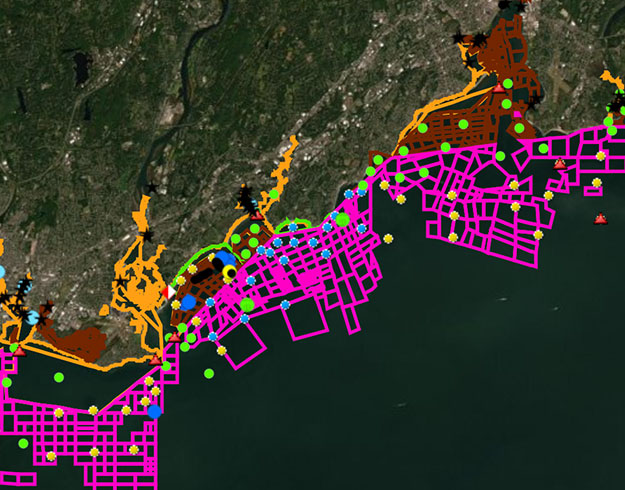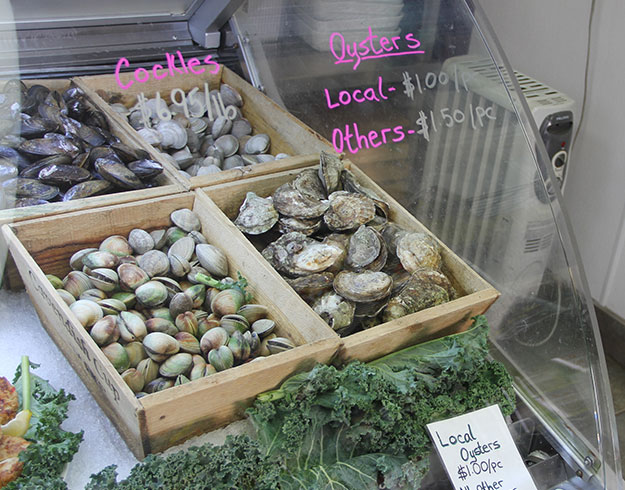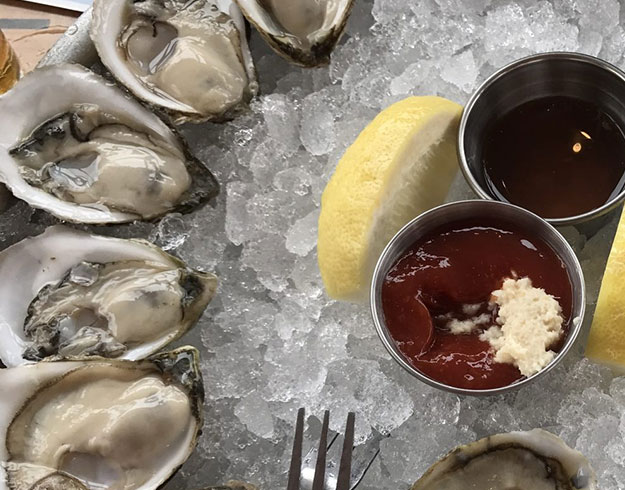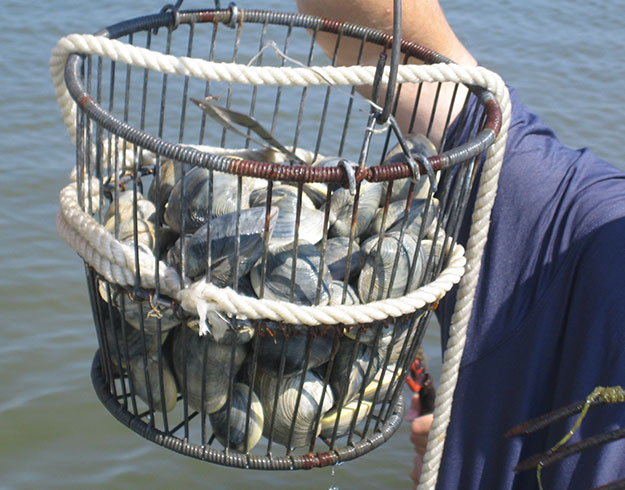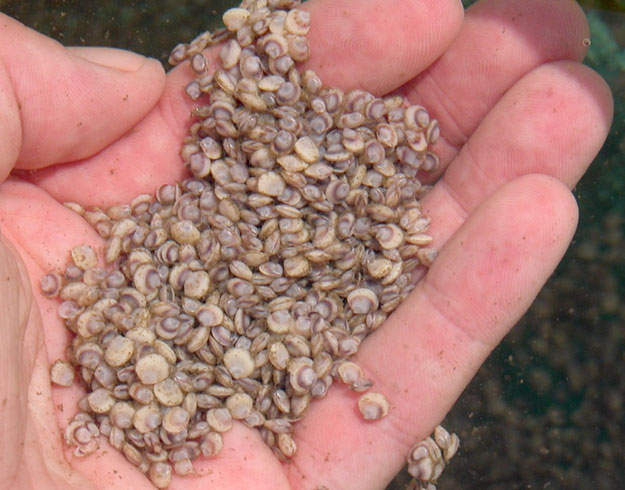Resource Guide for Connecticut Shellfish and Aquaculture
Welcome to our improved Online Resource Guide. It provides information and tools about all things shellfish and aquaculture in Connecticut.
Shellfish are important to Connecticut’s coastal communities and economies, the waters of Long Island Sound and the many species of marine wildlife that rely upon them. The harvest and cultivation of shellfish along our shores provides local food, jobs, contributes to the maritime economy, and shellfisheries are an important part of the state’s history and culture.
Connecticut’s aquaculture industry is an important agriculture sector. Aquaculture is the 7th highest valued agriculture product in the state according to the USDA Census of Agriculture. Marine aquaculture is the largest sector.
51 companies
In 2019, a total of 51 companies and 300 employees operated on 60,000 acres of area in Connecticut. Different than adjacent states, much of the area is used for bottom culture and transplanting so not all of the area is actively farmed at any one time.
17,000 thousand acres
There are approximately 17,000 thousand acres of public oyster beds that serve as a seed source for the oyster industry.
$16 million
The value of the oyster industry was steady at nearly $16 million dollars. The value of the quahog (hard clam) industry was $6.6 million, a decrease from the previous year.
Marine Aquaculture
Farmers also grew bay scallops, blue mussels and kelp. In addition to marine aquaculture, there are a number of land-based operations that cultivate food fish including European sea bass and eels, hydroponic plants and vegetables, fish for stock enhancement such as trout and salmon, baitfish, and a variety of ornamentals fishes and invertebrates.
Learn More About:
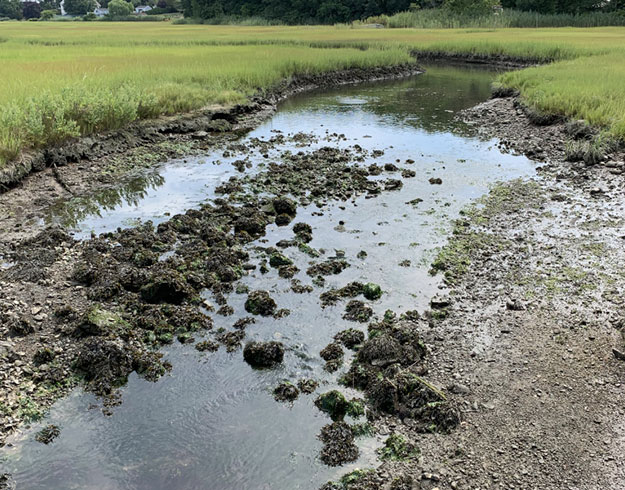
Shellfish & Environment
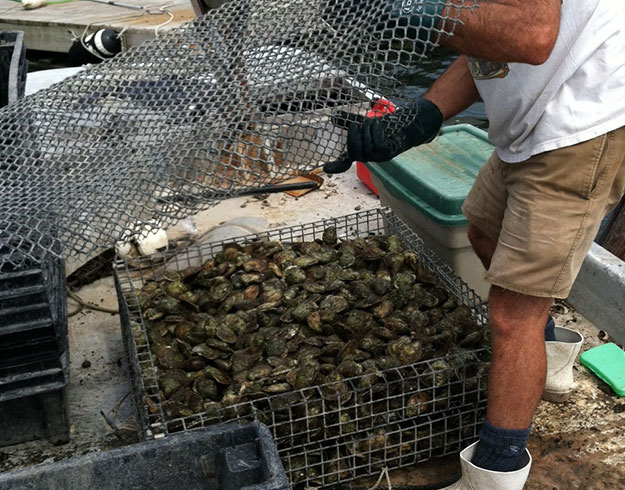
Shellfish Farming
- Aquaculture Situation and Outlook Report (CTSG)
- State of the World Fisheries and Aquaculture Report (FAO)
- Shellfish Farming Ecotourism (video)
- Traditional oyster farming with Norm Bloom & Son (video)
- Cage culture oyster farming with Tim Londregan (video)
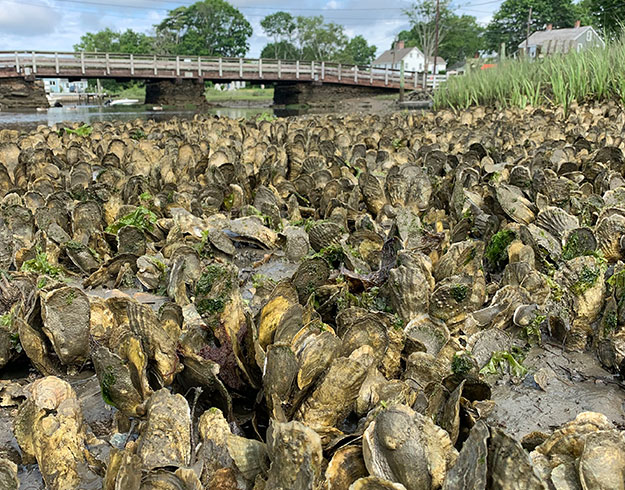
Shellfish History
